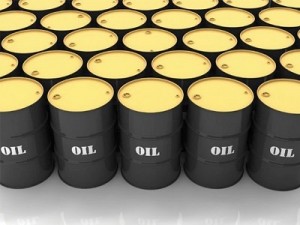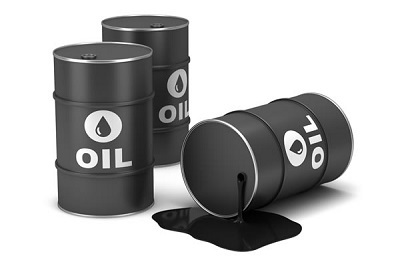Global Crude Oil Prices Rise

Oil prices rose last week Friday, lifted by fresh hopes over a proposed freeze in oil production and firm economic indicators from the United States and Germany that cast a positive light on growth in fuel demand.
Russia’s oil production could fall in April, sources said, while the country’s energy minister expressed hopes that producer nations could agree to an output freeze at a meeting in Doha later this month.
Front-month U.S. West Texas Intermediate (WTI) crude futures were trading $1.33 higher at $38.59 per barrel at 0954 GMT, more than 3 percent above their last close. International Brent futures were up $1.30 at $40.73 a barrel.
“You have declining supply in the United States and a declining rig rate,” said Bjarne Schieldrop, chief commodities analyst with SEB Bank in Oslo.
“You mix that with outages in Nigeria … and put Doha on top of it, and your eyes are looking towards the tightening of the market.”
U.S. crude stocks marked a surprise decline, Energy Information Administration data showed, while stocks at the Cushing, Oklahoma hub dropped by more than 480,000 barrels due to the shutdown of the Keystone pipeline. [EIA/S]
Summer maintenance in the North Sea fields that form the basis of the Brent benchmark also helped boost near-term prices.
Bank of America Merrill Lynch said in a note that U.S. shale production was in “freefall” and that “as the global oil glut starts to clear, crude oil should lead the way”.
A rebound in financial markets also boosted optimism over demand. The U.S. Federal Reserve said the country was on the path of more economic growth, while rating agency Moody’s said Germany, Europe’s biggest economy, should see a slight acceleration in growth to 1.8 percent.
Still, some warned that oil prices could fall again, dragged down by a glut that will take time to clear and soaring production outside the United States.
“We believe the current oil price is unsustainable and expect a fundamental price recovery when markets move into better balance in mid- to late-2H16,” investment bank Jefferies said, adding that “the recovery could be protracted”.
Iraq said on Thursday last week that exports from its southern ports had hit almost 3.5 million barrels per day by April, up from an average of 3.29 million bpd in March, while Iran said it would participate in a production freeze only once it had regained its pre-sanctions level of 4 million bpd.







